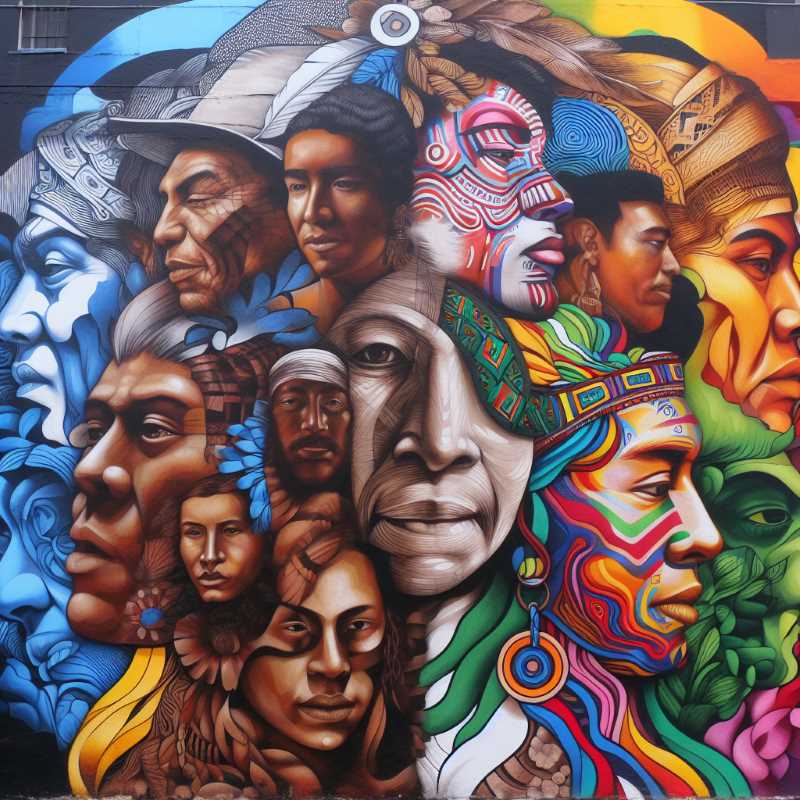Afro-Mexicans and the Fight for a More Inclusive Mexico
Discovering Mexico's hidden history: Jesús María Serna Moreno unveils the intricate tapestry of interethnic relations, challenging stereotypes of a “mestizo” nation. Acknowledging Afro-descendant and indigenous roots is crucial for a more inclusive and united Mexico.

From the early days of conquest, a narrative was woven around Mexico, portraying it as a mestizo nation and sidelining its indigenous and Afro-descendant populations. However, as Jesús María Serna Moreno, a distinguished scholar in Latin American Studies, argues, this perspective has concealed the rich tapestry of interethnic relationships that birthed diverse mixtures, often dismissed as “caste.” In this exploration, we delve into the historical intricacies of racism, discrimination, and the overlooked interplay between Afro-descendants and indigenous communities that have shaped Mexico's complex identity.
In the 18th century, racism became a linguistic expression of the prevailing prejudice in Mexico. The Enlightenment-era concept of “race” provided a justification for the domination and exploitation of certain populations, particularly targeting indigenous and Afro-descendant communities. This revelation challenges the once-held belief that racism was only prevalent in nations like the United States, forcing us to confront the uncomfortable truth that discrimination has persisted within Mexico's borders.




